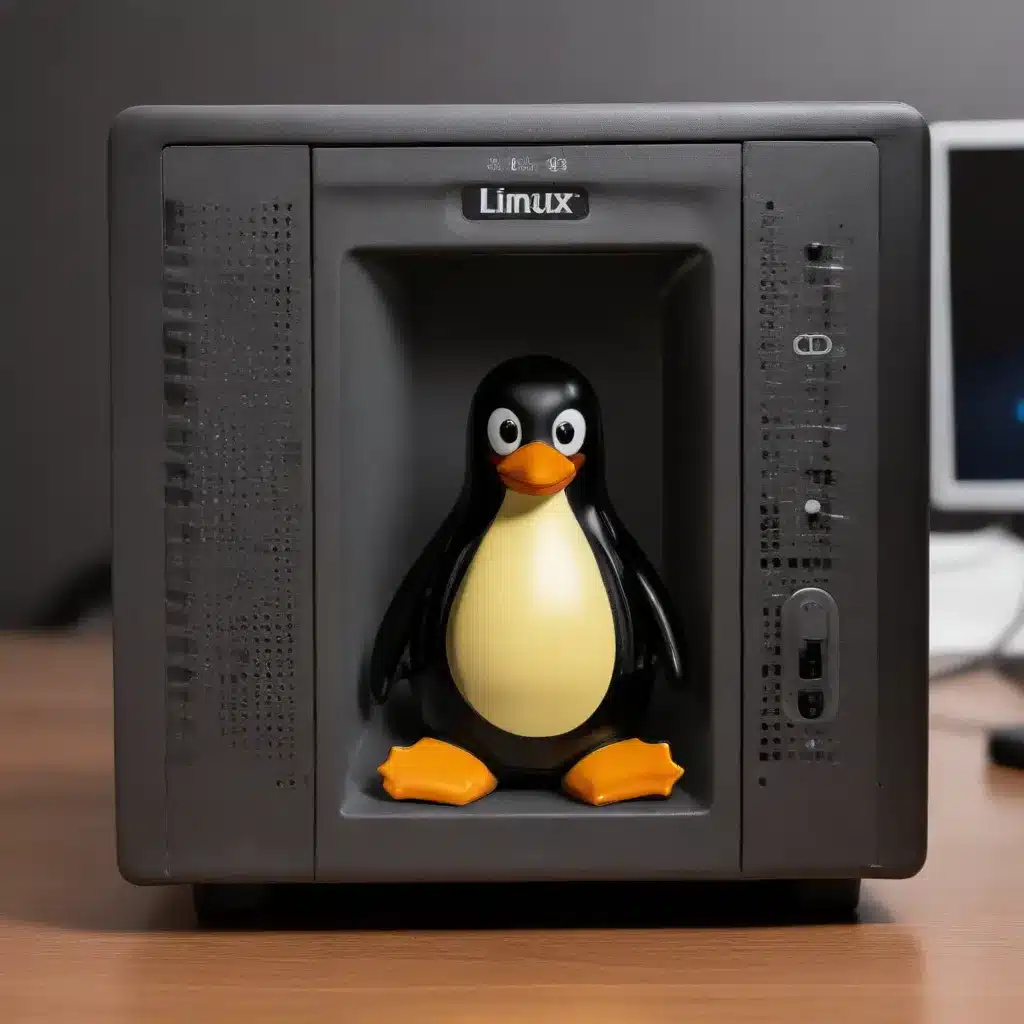
As an experienced IT professional, I’ve encountered a wide range of audio-related challenges when working with Linux-based systems. Whether you’re managing a Linux desktop, server, or workstation, audio issues can be frustrating to troubleshoot and resolve. In this comprehensive guide, I’ll share practical tips and in-depth insights to help you overcome common audio problems on your Linux machines.
Identifying the Root Cause of Audio Troubles
Before we dive into specific troubleshooting steps, it’s important to understand the potential sources of audio issues on Linux systems. Some of the common causes include:
- Driver Incompatibilities: Outdated or incompatible audio drivers can lead to a range of problems, from no sound output to distorted audio.
- Configuration Conflicts: Improper settings in the audio management system (e.g., PulseAudio, ALSA) can result in audio not working as expected.
- Hardware Malfunctions: Issues with sound cards, speakers, or other audio hardware can contribute to audio problems.
- Software Conflicts: Conflicts between audio-related services, applications, or system updates can disrupt audio functionality.
- Kernel Bugs: Certain kernel versions may introduce bugs that affect audio performance, especially on specific hardware configurations.
By identifying the root cause, you can adopt a more targeted approach to resolving the audio issues on your Linux system.
Troubleshooting Steps for Linux Audio Problems
1. Check Audio Device Compatibility and Drivers
The first step in troubleshooting audio issues is to ensure that your audio hardware is properly supported by your Linux distribution and has the necessary drivers installed. Start by running the following command in your terminal to gather information about your system’s audio devices:
inxi -bAE
This command will provide detailed information about your system, including the audio devices detected and the associated drivers. Review the output to check if your audio hardware is recognized and if the drivers are loaded correctly.
If the output indicates missing or outdated drivers, you may need to update or install the appropriate drivers for your audio hardware. Consult your distribution’s documentation or forums for guidance on how to install the correct audio drivers for your system.
2. Troubleshoot Audio Routing and Configuration Issues
Audio routing and configuration problems can also contribute to audio issues on Linux. Start by checking the audio settings in your desktop environment or command-line tools like pavucontrol (PulseAudio volume control) or alsamixer (ALSA mixer).
Ensure that the correct audio output device is selected and that the volume levels are not muted or set too low. Also, check for any conflicting audio settings or applications that might be interfering with the proper audio routing.
If you’re encountering issues with specific audio applications, try launching them from the terminal and observe any error messages or warnings that might provide clues about the underlying problem.
3. Manage Audio Services and Daemons
Linux-based systems often use audio management services, such as PulseAudio or ALSA, to handle audio-related tasks. These services can sometimes encounter issues or conflicts, leading to audio problems.
Try restarting the relevant audio services using the following commands:
systemctl restart pulseaudio
systemctl restart alsa-utils
If the issue persists, you may need to investigate deeper by checking the service logs for any error messages or clues about the problem.
4. Investigate Kernel-level Audio Issues
In some cases, audio problems may be related to kernel-level bugs or compatibility issues. If you suspect a kernel-related issue, try booting your system with a different kernel version or using a kernel parameter to address the problem.
For example, on AMD-based systems, you can try adding the amd_iommu=off kernel parameter to your boot configuration. This can help resolve issues related to the AMD IOMMU driver, which has been known to cause audio problems on certain hardware configurations.
To add the kernel parameter, use the grubby tool:
sudo grubby --args='amd_iommu=off' --update-kernel=ALL
After making the change, reboot your system and observe if the audio issue is resolved.
5. Explore Alternative Audio Frameworks
If the built-in audio management solutions (PulseAudio, ALSA) are not resolving your audio issues, you may want to consider exploring alternative audio frameworks, such as PipeWire.
PipeWire is a newer audio and video processing framework that aims to provide a more robust and flexible audio solution for Linux systems. It can be installed alongside or as a replacement for PulseAudio, and it may offer better compatibility or functionality for your specific audio setup.
To install and configure PipeWire, refer to your distribution’s documentation or community resources for detailed instructions.
Maintaining a Reliable Audio Experience on Linux
Ensuring a reliable audio experience on Linux systems requires a proactive approach. Here are some additional tips to help you maintain and troubleshoot audio issues over time:
- Keep Your System Up-to-Date: Regularly update your Linux distribution and its associated packages to ensure you have the latest bug fixes, security patches, and driver updates.
- Monitor Audio-related Logs: Keep an eye on the system logs (e.g.,
/var/log/syslog,/var/log/kern.log) for any audio-related error messages or warnings that may provide clues about the underlying issues. - Leverage Community Resources: Utilize the wealth of information available in Linux forums, subreddits (e.g., r/linux, r/linuxquestions), and distribution-specific support channels to learn from the experiences of other users and find solutions to your audio problems.
- Perform Targeted Troubleshooting: When encountering a specific audio issue, try to isolate the problem by testing different hardware configurations, audio applications, or system settings to narrow down the root cause.
- Consider Hardware Compatibility: When upgrading or replacing audio hardware, research the Linux compatibility of the new components to ensure a smooth integration and avoid potential audio problems.
By following these troubleshooting steps and maintaining a proactive approach to audio management, you can help ensure a reliable and enjoyable audio experience on your Linux desktops, servers, and workstations.
If you’re looking for more IT-related tips and insights, be sure to visit the IT Fix blog for a wealth of practical information to help you tackle your technology challenges.












